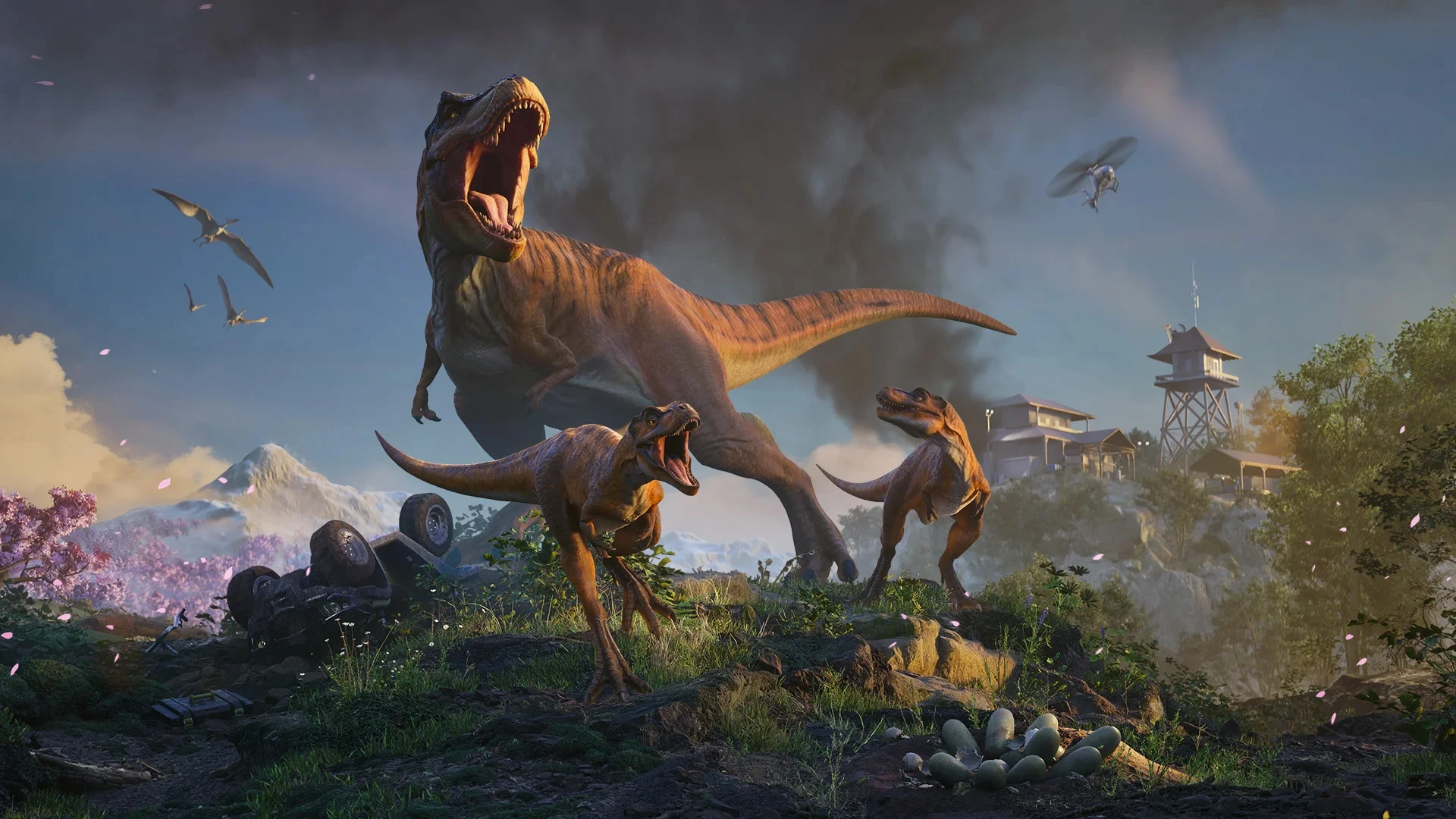Es indignante ver cómo la industria del entretenimiento se aferra a las mismas fórmulas vacías una y otra vez. El espectáculo inmersivo "Discovering Dinosaurs" en Londres es otro intento desesperado de atraer al público con una mezcla de efectos visuales y nostalgia por los dinosaurios, pero ¿realmente estamos aprendiendo algo nuevo? La serie "Prehistoric Planet" en Apple TV+ pudo haber sido impresionante, pero lo que necesitamos son innovaciones auténticas y contenido que eduque, no solo un espectáculo superficial que se siente más como una atracción turística que como una experiencia enriquecedora. La cultura del espectáculo está arruinando la posibilidad de un verdadero descubrimiento. ¡Basta de mediocridad!
#Descub
#Descub
Es indignante ver cómo la industria del entretenimiento se aferra a las mismas fórmulas vacías una y otra vez. El espectáculo inmersivo "Discovering Dinosaurs" en Londres es otro intento desesperado de atraer al público con una mezcla de efectos visuales y nostalgia por los dinosaurios, pero ¿realmente estamos aprendiendo algo nuevo? La serie "Prehistoric Planet" en Apple TV+ pudo haber sido impresionante, pero lo que necesitamos son innovaciones auténticas y contenido que eduque, no solo un espectáculo superficial que se siente más como una atracción turística que como una experiencia enriquecedora. La cultura del espectáculo está arruinando la posibilidad de un verdadero descubrimiento. ¡Basta de mediocridad!
#Descub
1 التعليقات
·0 المشاركات









